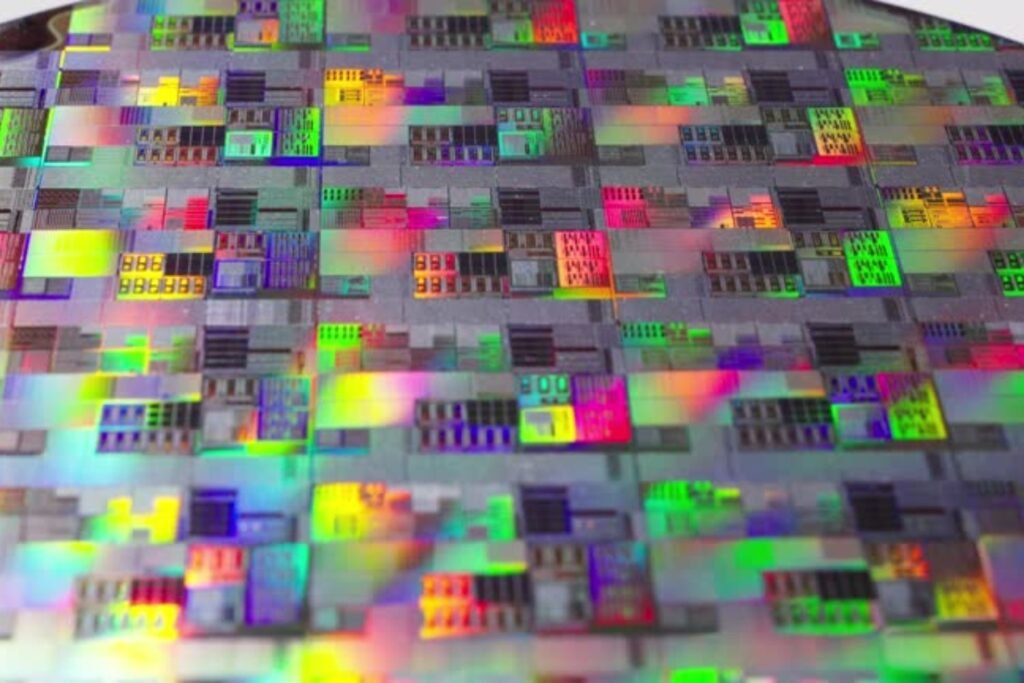The Future of Computing: A New Chinese Transistor Takes on Silicon

The competition among global superpowers has reached a new level with China’s recent breakthrough in transistor technology. Faced with sanctions limiting access to silicon-based technology, China has made a significant leap by introducing a two-dimensional bismuth transistor that surpasses traditional devices. Could this innovation herald a new era in computing?
## The Revolutionary Two-Dimensional Bismuth Transistor: Goodbye Silicon?
However, rather than lagging behind, a team of researchers from the University of Beijing has developed a bismuth-based two-dimensional transistor that boasts a 40% increase in speed compared to current three-nanometer silicon chips, while also reducing energy consumption by 10%.
This advancement represents a game-changer in semiconductor technology, not only as a response to sanctions but also as a catalyst for exploring more efficient and sustainable alternatives in electronic component manufacturing.
## Why is this Bismuth Transistor so Special?
The key feature of this groundbreaking transistor lies in its two-dimensional structure, utilizing an ultra-thin layer of bismuth oxychalcogenides. This setup enables more efficient electronic flow, minimizes energy loss, and decreases the necessary voltage for operation, ultimately enhancing performance and energy efficiency.
Similar to graphene, known for its exceptional resistance and superconductivity, this new material reduces transistor thickness to a single atomic layer, mitigating quantum interferences that affect traditional silicon microprocessors.
## Why is it Important to Move Beyond Silicon?
Experts have long warned about silicon reaching its physical limits. As transistors shrink, issues like energy leakage and difficulties in electrical control emerge, leading to reduced efficiency and increased energy consumption.
Materials like bismuth offer a promising solution to overcome these challenges. China’s innovative transistor marks the initial step towards developing smaller, more potent microprocessors that could revolutionize the global tech industry.
The US-led restrictions have pushed China to seek self-reliance in technology. The success of this transistor could signify China’s independence in developing its microprocessor industry without relying on imported components.
Will China be able to scale up this innovation for mass production? While the current design is too small for practical applications, researchers are working on scalability to meet standard wafer sizes.
This rapid and efficient transistor opens doors for manufacturing high-performance electronic devices. With the increasing demand for AI and data processing applications, producing faster, cost-effective chips becomes a critical advantage.
Diversifying basic computing component manufacturing could ensure broader access to advanced technologies. As the development progresses, the potential impact on the semiconductor industry, AI, quantum computing, and consumer tech remains to be seen.
The question now is whether other nations will follow suit or need to reassess their technological strategies to stay competitive. The chip race has taken an unexpected turn, with China leading the charge into the next phase of technology.




